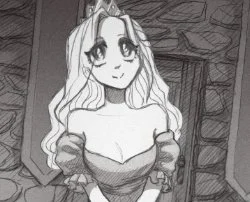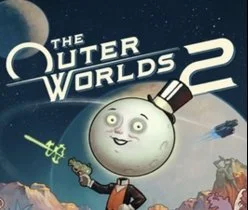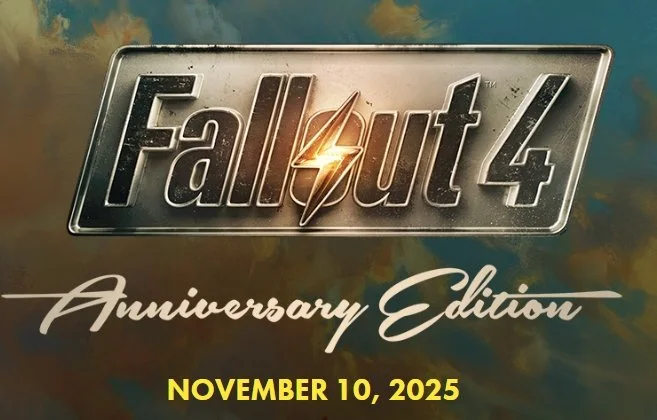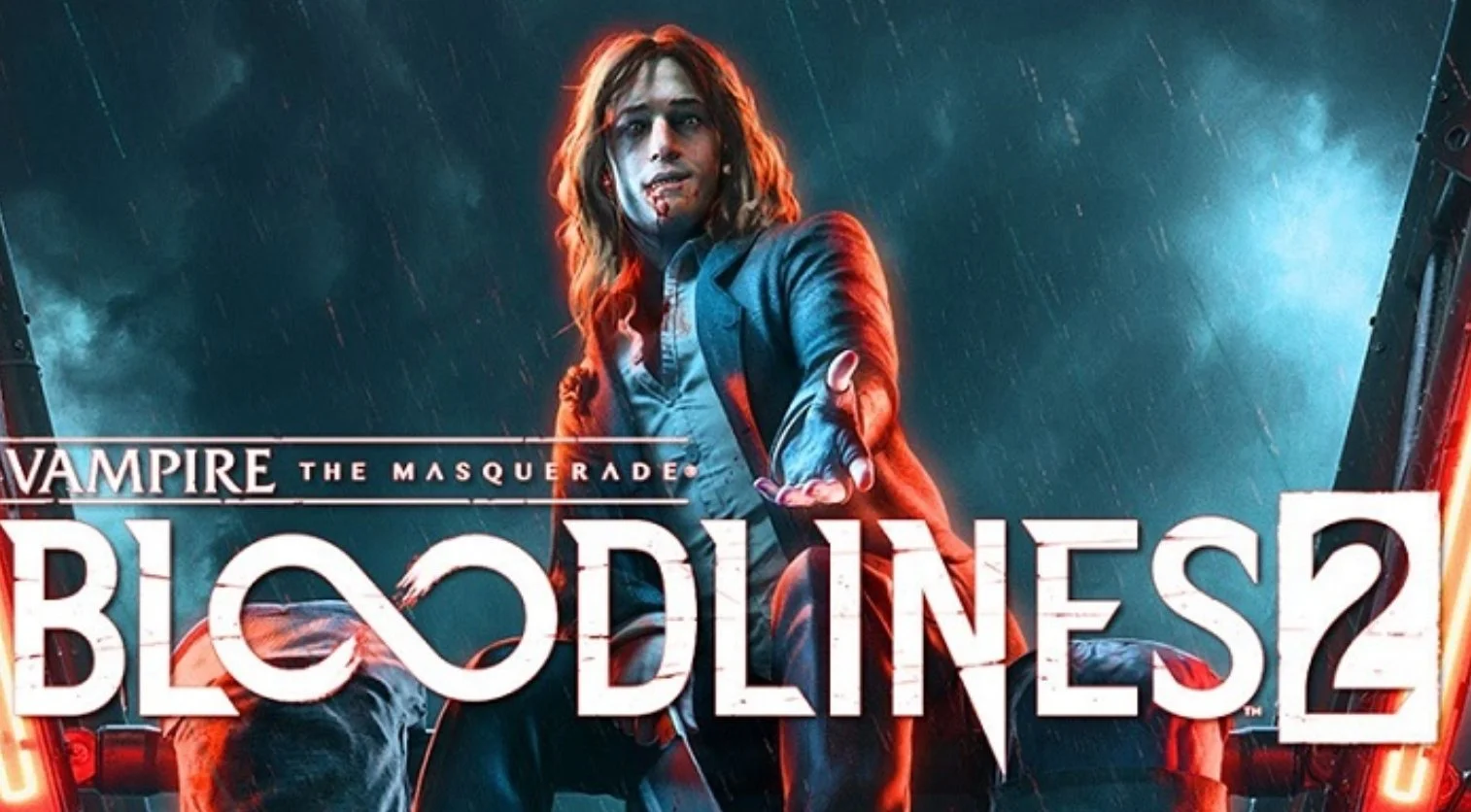Performing Redemption: Self-Determination, Identity, and Existential Labor in Wolfstride
Wolfstride (Ota Imon Studios, 2021) disguises a meditation on identity repair and existential maintenance beneath the aesthetic of a stylized mecha role-playing game. This essay argues that the game’s central question, “What am I fighting for, and who am I when no one’s watching?”, becomes a framework for examining how people reconstruct autonomy and identity after moral collapse. Drawing on Self-Determination Theory (Deci & Ryan, 1985) and Self-Concept Theory (Higgins, 1987), we read the protagonist trio’s journey as an allegory of psychological rehabilitation. Through its pacing, repair mechanics, and tonal duality, Wolfstride literalizes the slow, unglamorous labor of self-maintenance. The work of redemption, we contend, is performed not in the arena’s spectacle but in the quiet repetition of menial tasks that restore both machine and mind.
The Aesthetics of Existential Debt
At first glance Wolfstride is all swagger. Its world is rendered in stark black and white, drawn like a scrappy manga and animated with the confidence of a late-1990s anime. The camera lingers on smirks, cigarettes, and steel. Every conversation drips with sarcasm, while the soundtrack hums with nostalgic synth grit. Beneath that confidence, however, lies a deep unease. Wolfstride is a game about style, but also about the cost of maintaining it.
The story follows Dominic Shade, an ex-Yakuza manager, and his two partners: Duque, a cynical mechanic who happens to be a dog, and Knife Leopard, a laid-back pilot who treats the cockpit like a stage. The trio inherits a broken mecha, “Cowboy,” from a deceased friend and enters the “Ultimate Golden God Tournament” in search of prize money and perhaps a second chance. On paper, it is a sports narrative about underdogs fighting their way to the top. In practice, it is a portrait of men rebuilding themselves from debris.
The game’s structure splits between public and private labor. On one side are the grand tournaments, the moments of mechanized spectacle. On the other are the odd jobs, repairs, and endless days spent earning money to patch Cowboy together again. The player moves constantly between these two poles, alternating between glory and grind. The result is a procedural reflection on the human condition. The question What am I fighting for? transforms into a question of psychological endurance: what keeps a person going when the work of repair never ends?
Fighting for Motivation: From Money to Meaning
At the surface level the team fights for cash. Prize money is the explicit goal, and the early dialogue emphasizes desperation. Duque even suggests selling Cowboy to pay off debts. The player’s initial motivation mirrors this extrinsic drive: work odd jobs, gather funds, survive another round. Yet, as Self-Determination Theory (SDT) describes, extrinsic motivation can evolve into intrinsic purpose when it aligns with personal values (Deci & Ryan, 1985).
Over time, the tournament’s prize ceases to matter. What matters is survival, pride, and a fragile sense of belonging. The team’s persistence is less about greed than about self-determination. Autonomy, competence, and relatedness—the three basic psychological needs SDT identifies—each find expression in Wolfstride’s systems.
Shade’s autonomy emerges through self-imposed structure. As a former Yakuza, he has lived under coercive hierarchy. Managing the team and taking on humiliating side jobs allow him to choose his own discipline. The menial tasks, such as delivering packages, or exorcising ghosts, become acts of self-definition. The repetition of these tasks parallels the mundane labor of recovery in real life.
Competence manifests through the repair loop. The Cowboy mech functions as a metaphor for psychological integrity. Damage persists between battles, and each part must be painstakingly repaired. The system forces the player to acknowledge the ongoing maintenance behind every victory. A broken arm disables key attacks, while poor budgeting can leave the machine defenseless. Repair is never optional; it is survival. The process mirrors therapy or self-work. One cannot simply “win” and move on; one must tend to the cracks every day.
Relatedness is achieved through dependence. Shade cannot pilot; Knife cannot repair; Duque cannot manage. The trio’s cooperation is non-negotiable, forming an emotional circuit where each member fulfills the others’ deficiencies. In this sense, Wolfstride transforms the mecha genre’s typical individual heroism into a collective psychology of survival.
The Mech as Mind: Repair and Fragmentation
Cowboy, the “junk heap” mech, reflects the team’s shared psyche. Every fight leaves scars, and every repair demands sacrifice. The player’s emotional investment grows through this cyclical wound-and-heal pattern. It is a metaphor not for invincibility but for endurance.
Each damaged part of Cowboy corresponds to a function of the self. The torso holds the core, the arms represent agency, the legs stability. When one component fails, the whole system suffers. This mechanical realism resonates with cognitive psychology: self-efficacy, as Bandura (1997) explains, relies on perceived competence. The player’s competence is continually tested by financial scarcity, mechanical decay, and exhaustion. Victory depends on persistence rather than raw talent.
The metaphor extends further. In Wolfstride, repair is literal work. Shade’s jobs, though absurd, generate the income required for maintenance. This mechanic reframes psychological healing as an economic struggle. Guilt, trauma, and regret are paid off incrementally. The repetition becomes a ritual of accountability. Where many games equate “grind” with boredom, Wolfstride transforms it into moral labor. The grind is the therapy.
The Aloof Persona and the Cracking Mask
Dominic Shade is introduced as a familiar archetype: the aloof ex-gangster who hides behind a cigarette and a dry sense of humor. He embodies the image of control, but that control is brittle. His design—a dark suit, slick hair, sunglasses—signals both competence and defense. In psychoanalytic terms, the persona operates as an ego shield, mediating between guilt and the world’s gaze.
What makes Shade compelling is how frequently this mask breaks. The game’s tone often swings from deadpan humor to melodrama. Characters suddenly monologue about shame, debt, or lost friends. Critics sometimes call this uneven writing, but it functions as psychological leakage. When Shade overexplains his pain, the performance falters, revealing the man beneath. The melodrama is not excess; it is evidence of rupture.
Shade’s refusal to pilot Cowboy is equally revealing. Most games would put the protagonist in the cockpit. Here, he manages from the sidelines. His redemption does not come from heroic violence but from coordination and sacrifice. He performs administrative atonement, repairing what he once destroyed by enabling others to fight cleanly. This inversion of heroism is crucial. Shade’s authenticity emerges not through dominance but through service.
The Team as a Distributed Self
Viewed psychologically, Team Cowboy forms a single composite personality. Shade represents executive control and moral awareness. Duque, the mechanic, grounds the group in tangible systems, embodying competence and stability. Knife Leopard, the pilot, enacts performance and risk, the externalized self that faces the world. Together they model an interdependent system where each facet compensates for the others’ vulnerabilities.
This triadic structure aligns with Self-Concept Theory (Higgins, 1987), which distinguishes the real, ideal, and ought selves. Shade’s real self is the tormented manager who fears regression into his criminal past. His ideal self is the cool, controlled figure he performs. His dreaded self is the failure who cannot protect his friends or escape debt. The tension between these versions drives the narrative. Duque and Knife externalize pieces of that conflict: Duque stabilizes the real self through work, Knife embodies the ideal through performance.
The mech they share, Cowboy, becomes the physical integration of these selves. Each battle tests whether the fragments can operate in harmony. When they do, victory follows. When they don’t, systems fail. The entire team’s psychology is expressed through bolts and hydraulics.
Pacing as Redemption
Many reviewers note that Wolfstride feels slow. Between battles, days stretch out in repetitive work sequences. Progress is incremental, rewards are modest, and conversations can loop. Yet this deliberate pacing is not filler; it is form. Recovery from guilt or addiction rarely follows a cinematic curve. It unfolds in cycles of maintenance, fatigue, and minor victories. Wolfstride asks the player to live inside that rhythm.
The grind’s tedium becomes empathy. As the player labors to fund repairs, they share the characters’ exhaustion. Emotional investment comes from effort rather than spectacle. This design choice mirrors what Ian Bogost (2007) calls “procedural rhetoric”: the argument made through system design. The argument here is that redemption is procedural. It requires sustained, unglamorous work.
Each battle’s intensity contrasts with the long silence that follows. The alternation between action and stillness embodies the dialectic of public and private labor. The arena is the mask, the shop is the mind. Through repetition, the game teaches that identity is not achieved in moments of triumph but in the persistence of repair.
Who Am I When No One’s Watching?
The clearest answer comes not through dialogue but through gameplay rhythm. When the crowd is gone and the day’s fight is over, Shade walks back to his workshop and gets to work. His tasks are small, often absurd. He polishes parts, delivers items, fetches supplies. These moments reveal his authentic self. In psychological terms, this is the integration of self and behavior: the point where values and actions align.
Shade’s willingness to perform low-status labor represents the abandonment of ego. The anti-hero persona dissolves into genuine care for his partners. It is the same labor the player performs: grinding for money, choosing where to spend it, maintaining a fragile system. The mirror between player and character closes the loop. Both are repairing something broken, both are defining themselves through action rather than performance.
In this sense, Wolfstride is less about mechs than maintenance. It refuses the fantasy of instant absolution. Instead, it insists that authenticity emerges only in the quiet repetition of care. The true answer to “Who am I when no one’s watching?” is not a revelation but a process.
Simply Put: The Work of Being Whole
Wolfstride stages a contradiction between style and sincerity, and then resolves it through labor. Its monochrome aesthetic and exaggerated dialogue mask a narrative about slow healing. Through the lens of Self-Determination Theory, the game illustrates how autonomy, competence, and relatedness emerge not from spectacle but from endurance. Through Self-Concept Theory, it portrays identity as an ongoing negotiation between the person one was, the person one performs, and the person one strives to become.
The game’s pacing and repair mechanics turn that negotiation into lived experience. Each odd job, each repair bill, each quiet day reinforces the idea that redemption is maintenance. The Cowboy mech, patched together from junk, becomes a metaphor for selfhood under reconstruction. Victory in the arena is fleeting; the real triumph is the ability to keep fixing what breaks.
When the lights fade and no one is watching, Dominic Shade keeps working. So does the player. That shared persistence, humble and unending, is Wolfstride’s final truth: to live is to repair, and to repair is to be free.
References
Bandura, A. (1997). Self-efficacy: The exercise of control. New York, NY: Freeman.
Bogost, I. (2007). Persuasive games: The expressive power of videogames. Cambridge, MA: MIT Press.
Ota Imon Studios. (2021). Wolfstride [Video game]. Raw Fury.
Sicart, M. (2009). The ethics of computer games. Cambridge, MA: MIT Press.






